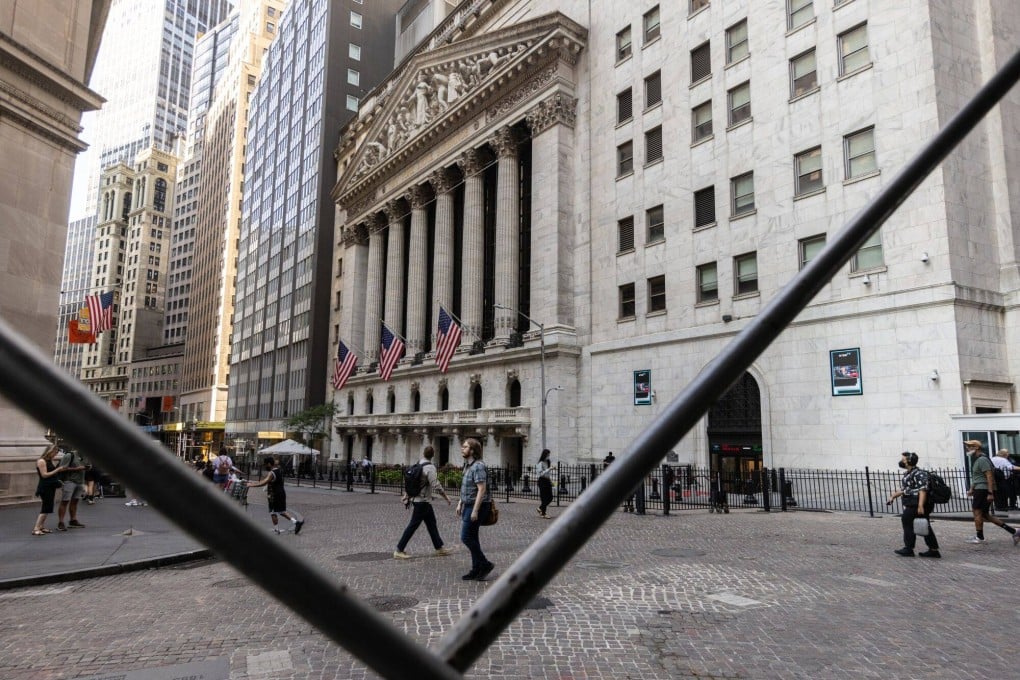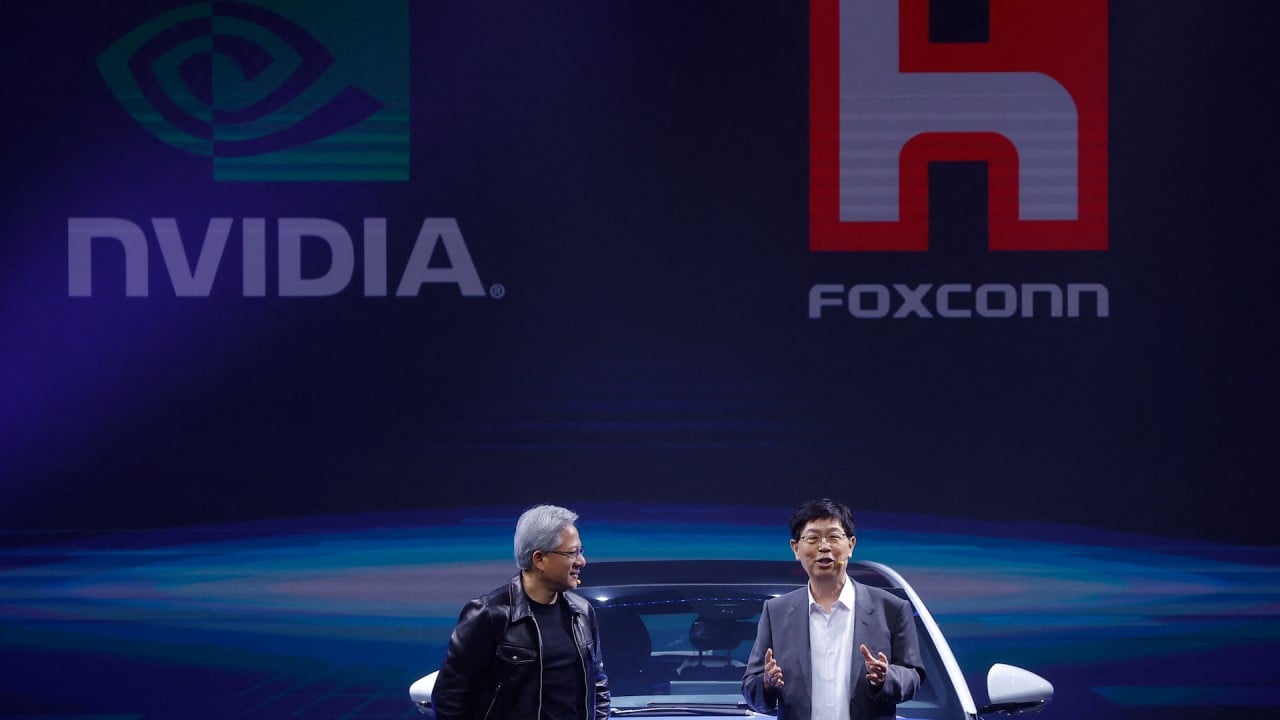Opinion | US Fed is really in the business of running a bubble economy
A rate cut by the US central bank would help asset prices to stay high, which is key to the US model

Talking about a Fed rate cut has been a psychological crutch for asset markets for two years. Markets expected as many as six cuts at the start of the year, but expectations have fluctuated since then. The Fed has played along, because it wants asset prices to stay high, which is key to the US economic model.
Teasing can only go so far though. When the AI bubble seemed to be in trouble last month, markets were looking for rate cuts to steady nerves. The Fed is going along with them; it wants speculators to believe that it will always be there for them.
Rate expectations are usually accompanied by esoteric discussions about balancing employment against inflation – don’t fall for the marketing. When an economy floats on a huge bubble, both derive from asset inflation. The asset market is the elephant in the room. Inflation is its spillover.
Low inflation has been a big lie in the United States. Median home prices in the US have risen by 3.6 per cent per annum over the past two decades, healthcare costs by 3 per cent, and new car prices by 3 per cent. These costs have been on a clear uptrend, implying persistent inflationary pressure.
US imports account for roughly 14 per cent of its GDP, mainly consumer goods. Cheap imports have obscured the US’ inflationary tendency. That excuse was good enough for the Fed to undertake US$8 trillion in quantitative easing between 2008 and 2022.


